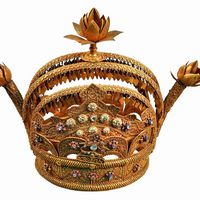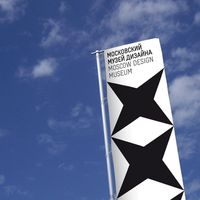Warsaw | Muzeum? What for? opens

What if Izabela Czartoryska, the owner of Lady with an Ermine, had displayed a Tibetan thangka next to her masterpiece at the first Polish museum? Would Asian influences have become part of the fabric of our contry’s art? Would Polish art be different now? Would we see the world differently today?
The exhibition “Museum? What for?” focuses on the sense of lack and inquires about artworks, everyday objects and historical traces from the Asian and Pacific region that are missing from European museums. Our historical narrative is determined by things – objects gathered by individual collectors – and the way they are exhibited to the public. Such decisions made by individual people shape our collective vision of the world. As well as being a commentary on the concept of museum and museology, the exhibition explains the viewers how museum collections come into being. It reflects on the role of museum as a culture-making institution.
The show has been divided into two parts, with the HISTORICAL part exploring the history of museology, and the PROBLEM-BASED part asking questions faced by today’s cultural institutions.
In the HISTORICAL part, instead of the typical displays of European objects, the viewers come face to face with artefacts hailing from Asia and the Pacific region that traditional European museology typically fails to include. This way we demonstrate that the present-day perception of museums is still based on ideas dating back to the early modern period. What would the institutions look like today if they displayed ancient Greek sculptures alongside their Indian counterparts? What if portraits of Polish Sarmatians were hanging next to likenesses of Persian rulers? This transgression is an invitation to play with ideas and ponder the boundaries of the definitions we formulate to give meaning to art, crafts, workmanship, beauty and many more. Here, we also take a look at the motivations of the Polish collectors who laid grounds for what is now The Asia and Pacific Museum in Warsaw. What drew them to artefacts from Asia and the Pacific region? How did they build their collections? Did they have any specific idea or objective in mind?
In the PROBLEM-BASED part we examine how the activity of today’s museums is influenced by historiography, the structure of European sciences, and overall social and political conditions. We ask questions faced by present-day cultural institutions with regard to the ethical aspects of collecting and exhibiting cultural objects, including the proper manner of showcasing and presenting items whose status and function is ambiguous or whose provenance is problematic.
Similar content
posted on
15 Aug 2011
posted on
19 Aug 2013
posted on
28 Feb 2012


